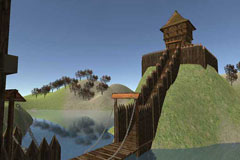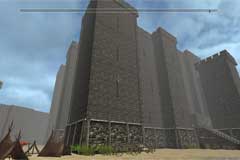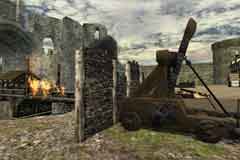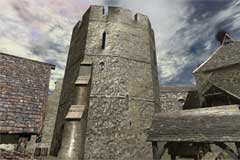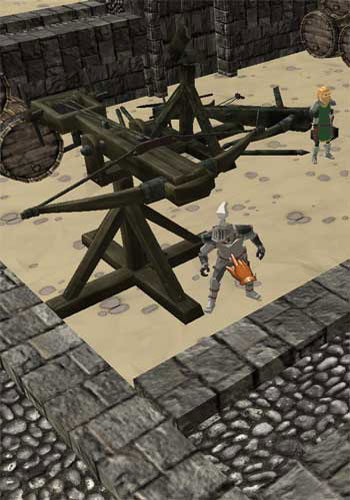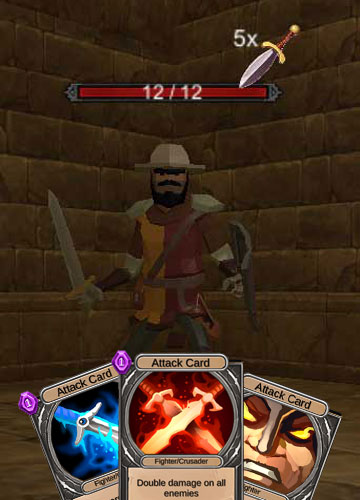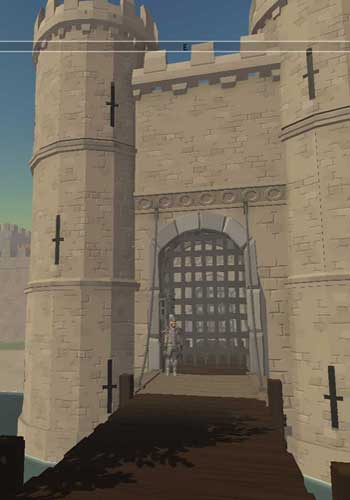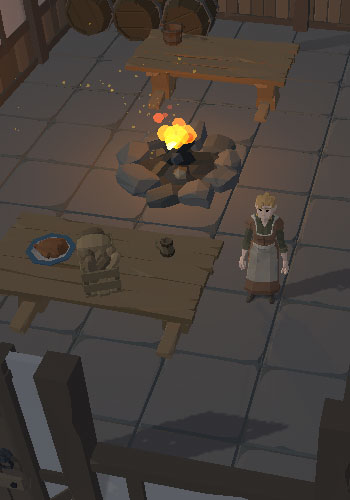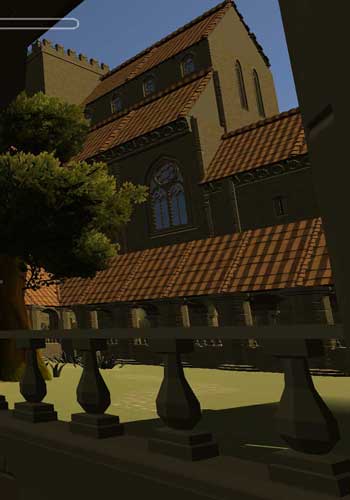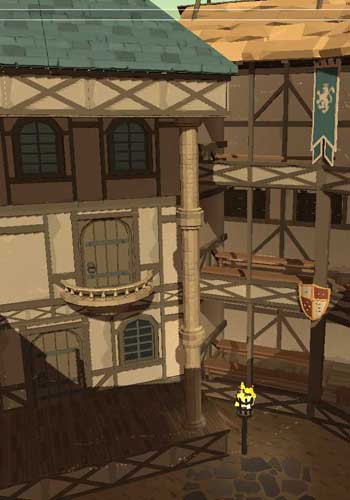
Timeline
Edward the Confessor is thought to have been born sometime between 1003 and 1005 at Islip in Oxfordshire. His father was Aethelred II, the Unready, and his mother was Emma of Normandy, daughter of Robert I, Earl of Normandy. [1]
Forced to leave England by the invasion from Denmark, Emma Aethelred's wife, fled to Normandy assisted by the Bishop of Peterborough. Sons Edward (the Confessor) and Alfred followed later along with the Bishop of London. Ethelred was not far behind.
Swein Fork-Beard died. Canute left England not sure of his ability to hold the country but returned a year later. Aethelred sent ambassadors to England, including his own son Edward (later the Confessor) to negotiate a possible return. [2]
Both Edward the Confessor and Alfred, his younger brother, came to England at different times to try and take back the English throne. Edward's attempt failed. Some time later Alfred landed in England believing he had safe conduct but his army was met by Earl Godwin and was massacred. Alfred was captured and blinded. He died shortlly afterwards from his injuries.
After a long exile at the Norman court Edward the Confessor returned to England. Harthacanute had no wife or heir so had invited Edward to return as Edward had the right to claim the English throne. Edward's right to the throne was not certain and so he enlisted the help of Earl Godwin, who agreed to give his assistance if Edward married his daughter Edith. Edward was accompanied by Robert Champart, the Abbot of Jumieges who would become one of Edwards key councellors. [3]
Harthacanute collapsed while attending a party and died shortly afterwards. He died without an heir and so the crown reverted back to the Saxons and Edward the Confessor was crowned King of England at Easter of 1043 at Winchester. After the death of Harthacanute Magnus took control in Denmark.
Shortly after Edward the Confessor became King, Stigand was promoted to the position of bishop.
Edward the Confessor was crowned at Winchester on Easter day.
Edward learnt that his mother Emma was plotting with Dane Magnus of Norway to take control of the English throne. Edward had no choice and stripped his mother of her land and treasure. Emma was allowed to stay in England until her death.
In recognition of his abilities, King Edward granted Harold the title of Earl of East Anglia. He held the title until his banishment in 1051.
Robert Champart was consecrated bishop of London. He was highly respected by King Edward and Robert's influence over the king was a source of tension between the Normans and Anglo-Saxons in the country.
Crinan, the Abbot of Dunkfeld, led an uprising against Macbeth in an attempt to put his grandson Malcolm (III) on the Scottish throne. Malcolm was living at the court of Edward the Confessor at the time. Crinian was killed and the uprising failed.
Sweyn, the son of Earl Godwin, attacked the abbey at Leominster and the Abbess. For his crimes, Sweyn was exiled to Denmark by King Edward. There he became a pirate and raided the English coast.
Edward the Confessor married Edith, the daughter of Earl Godwin. Godwin was then in an extremely powerful position being related to the King of England.
The unpopular military tax was abolished by Edward the Confessor. It had been collected for many years to provide funds for defending the country from raiders.
Late in 1050, Eadsige, the archbishop of Canterbury died. The monks of Canterbury favoured Aelric, one of their fellow monks to become the next archbishop and Earl Godwin was approached to help push his appointment through. But King Edward appointed his favourite councellor Robert of Jumieges to the post instead.
An incident occurred when Eustace II Count of Boulogne visited Edward the Confessor, his brother-in-law. The incident occurred in Dover where a fight broke out between the Norman visitors and the locals resulting in the deaths of several people. The area of Dover was under the control of the Godwin family and Edward the Confessor, who blamed the people of Dover for the fight, told Earl Godwin to deal with them. Godwin refused to obey Edward's order and in response Edward raised an army and forced the Godwin family into exile.
With the Godwins in exile, Edward the Confessor invited William, Duke of Normandy to England. It is at this point that it is thought Edward promised the English thone to William in the event of his death.
Godwin, Earl of Wessex, his son Harold and a large fleet sailed up the Thames to London forcing Edward to reinstate them into their previous positions of power.
Harold Godwinson invited the exiled Edward the Exile back to England in the hope that he could claim the English throne from Edward the Confessor.
Godwin, Earl of Wessex, died and Harold Godwinson inherited his title.
King Edward gave Tostig the important position of Earl of Northumbria and the difficult job of bringing the northern state under control. [4]
Aelfgar, earl of Mercia was outlawed by the witan. In revenge he built a force and allied himself with Welsh Gruffydd ap Llywelyn. After defeating the King's nephew, Radulf, they attacked Hereford and raided the church killing several canons and taking everything of value leaving the building on fire. The rebels also attacked Leominster. [5] [6]
Edward the Confessor took lands from Pershore Abbey and allocated them to his new Abbey church at Westminster. [7]
Work on the Abbey at Westminster was either complete or very nearly so at its dedication. Edward the Confessor who had devoted himself to creation was to die less than two weeks later.
Edward the Confessor died at Westminster. The death of Edward was an important event in the chain of events that led up to the invasion by William the Conqueror from Normandy.
Henry started the work of rebuilding Westminster Abbey as a tribute to Edward the Confessor. [8]
King Henry III was taken ill while at Bury St. Edmunds. He either died there or was taken back to London before he passed away. Henry was buried in the church of St. Peter's at Westminster (which he had rebuilt) in the former grave of Edward the Confessor whose remains Henry had moved to a golden shrine.
Selection of references used:
- 1: Richard Cavendish, Kings and Queens The Concise Guide, ISBN:978-0-7153-2376-2
- 2: Frank Barlow, Edward the Confessor
- 3: David Charles Douglas, William the Conqueror: the norman impact upon England, University of California Press, 1977
- 4: Richard Fletcher, Who's Who in Roman and Anglo-Saxon England, ISBN:0-85683-114-X
- 5: Peter Potter, Data Donation
- 6: Rev. H. W. Phillott, Dioresan Histories Hereford, 1888
- 7: M.R.James, Abbeys, 1925, The Great Western Railway (1925)
- 8: John Chancellor, The Life and Times of Edward I, 1981, Erdington Library

